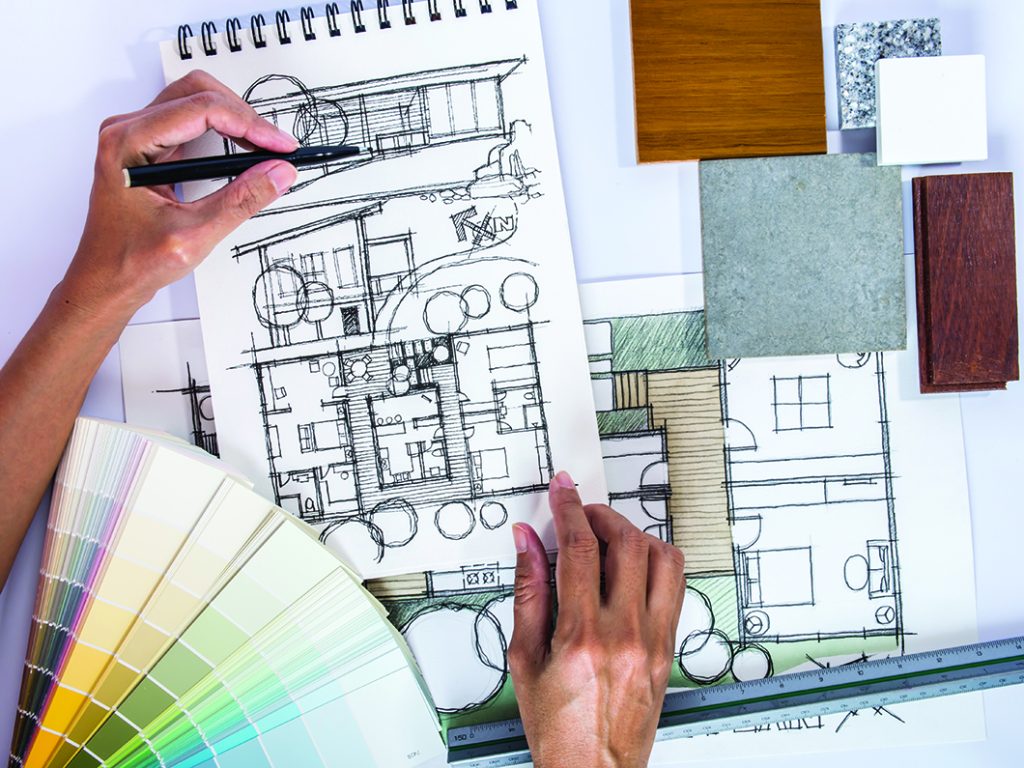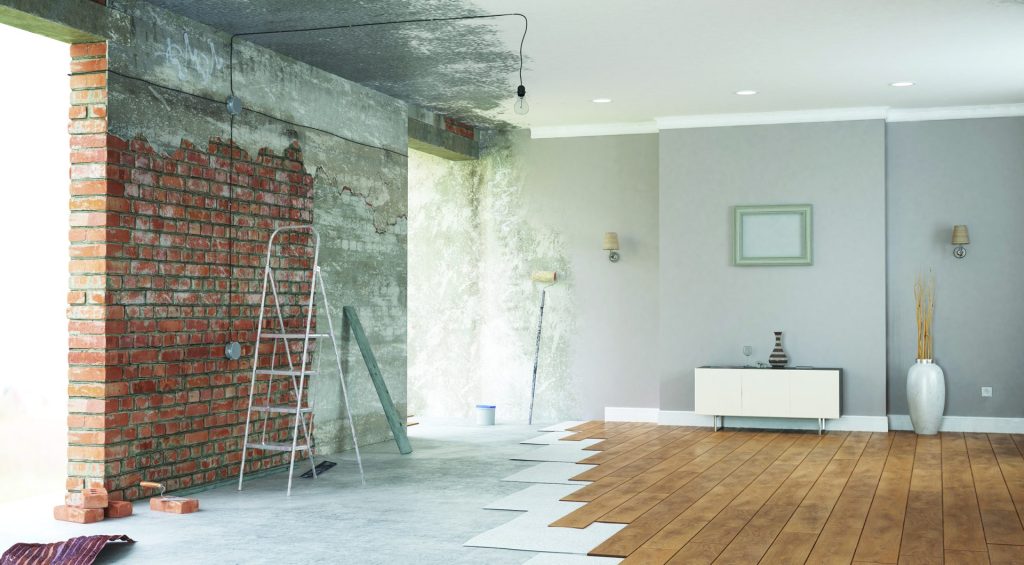Your Guide to Planning a Home Remodel
06 Dec 2021
Reimagine Redesign Renovate
By Sara Bruskin
Maybe you’ve moved into a new house and want to customize it to fit your style. Maybe you’ve been staring at the same walls for years and feel the need for change. Maybe a tree came through your wall during the last storm and now you have to renovate, but let’s hope not. Whatever the impetus, home remodels are big undertakings that can be daunting, especially if you’ve never planned one before. We talked to local experts for advice to get you started.

Dream It Up
You don’t need to have a meticulous plan in your head before approaching the pros, but you should have a pretty good idea of what rooms you want to change and what style you’re hoping to achieve. If you see several renovation projects on the horizon and it’s in your budget to tackle them all at once, Court Earp of Court Earp Interior Design in Boulder recommends doing so. “It’s better if we get it all designed into one package and then approach a builder, because that’s a much more attractive project to get a builder’s attention than something small.” With so much competition for contractors right now, you need every edge you can get.
You’ll want to gather examples of home designs you love, to help convey your personal taste and expectations to the team you end up working with. Collect photos in a Houzz ideabook, Pinterest board or binder of magazine clippings. “The more, the better,” says Scott Rodwin of Rodwin Architecture and Skycastle Construction in Boulder. He also recommends annotating the photos with comments about which parts of the design you like and which aspects you don’t care for. Love the style of those built-in shelves, but hate the room’s color scheme? Note it.
In addition to photographic inspiration, compile a list of what you want from the remodel—architectural features, space and location details, appliance wish lists, and so on. Feel free to include more abstract requests like “better flow” and “more kid-friendly.” Your architect or designer can make suggestions to achieve these goals later on.

Set Your Budget
This step is going to vary depending on your financial situation and whether you’re drawing from your savings or going to a bank for a cash-out refinance, home equity loan or line of credit, personal loan, or other option. Discuss the pros and cons of each with a banker you trust and decide how much you’re willing to spend on the project. When you hire your team, be clear with them about this number and whether it’s a hard line that you can’t afford to go over or a preferred budget with some flexibility.
Earp advises his clients to get as much of their purchasing done at the beginning of their projects as possible, especially the appliances. “Because of supply-chain problems, purchasing timelines are all over the place,” he says. Manufacturing and shipping delays won’t be as detrimental if you order items long before you need them. Even so, unexpected complications are all but guaranteed in a remodeling project. Contractors plan for this by including a ‘contingency’ in their client agreement—an amount factored into the budget for unplanned changes. If you plan your remodel with an architect or designer, Rodwin advises a contingency that amounts to 15 percent of the overall project cost, or up to 25 percent without. “The more you spend on good design and engineering drawings, the less you have to spend on contingencies,” he says.

Gathering the Team
The next step in a home remodel is figuring out who to hire. Rodwin says most projects should start with a designer or architect. “Their plans give the contractor more information to get a more accurate estimate for the project bid.” Established designers and architects have trusted contractors, structural engineers and other specialists they enjoy working with, so you also get the benefit of their professional contacts.
If the plan includes extensive structural, plumbing, electrical or mechanical changes, you’re going to want an architect involved. Hiring local is especially important in Boulder County, where permits are required for nearly everything, and professionals in this area know all the hoops they’ll have to jump through. “In the city and county of Boulder, green building regulations are also very rigorous, so it’s important to work with someone familiar with the process,” Rodwin says. For a remodel that requires only cosmetic work, an interior designer is a good choice.
If you have a strong sense of style, it may be tempting to skip the designer and go it alone, but designers have product knowledge that goes beyond aesthetic appeal. They know which brands exhibit good craftsmanship, which companies skimp on material quality and which items age poorly in our climate. Earp points to the sofa as a prime example: “If it’s made with a wood frame, here in Colorado, that frame can dry and crack, and in five or ten years, you have a broken sofa.” Local designers are also fluent in the Boulder County permit process.
In your search for the right people, ask friends and family for referrals and research the companies online. Be sure to look at their portfolios to get a sense of their work and get multiple quotes for the project to compare projected costs.

Got It Covered?
“Let your insurance company know you are doing a remodel or renovation before you start,” says Rick Baker of Rick Baker Insurance in Boulder. Keeping your insurance contact in the loop will help you avoid headaches down the road: “Some companies will have a special construction deductible if you do not notify them. Also, if you are vacating the premises during the renovation, there may be a vacant home deductible that applies if the company is not notified of the renovation.” Most importantly, if renovations increase the replacement cost of a home by more than five percent and the insurance company is not informed, this can void the dwelling guarantee coverage.
Baker also recommends getting a certificate of insurance from your contractor to make sure they have general liability and workers compensation coverage. Once that’s squared away, you’re good to go!
So, take a deep breath, accept the fact that something will go wrong (but it will be okay), gather your inspiration and make the first call.












